Making Healthy Food Choices may seem like a no-brainer to some, but many people struggle with this concept. The thing is, weight loss or maintaining a healthy weight, becomes more and more difficult as you age, which makes eating correctly, vital. It can be even harder to follow a healthy diet if you are an emotional eater or struggle with hormone imbalances.
Healthy Eating
First and foremost let me say that I am not a professional in this area. However, my personal experiences in this area have given me valuable insights which I feel would be useful to share with you. Another factor I would like to highlight is that there is not a one-size-fits-all approach when it comes to diet or weight loss.
When I started out on my healthy living journey, I decided to consult a dietician. I think this was in large part because I felt I lacked self-motivation. There are still days, sometimes even weeks, when I find my willpower waning and all I want to do is stuff my gob with naughty treats! My advice to anyone attempting to lose weight is to take it one day at a time. Also, try not to be too hard on yourself.
What this post is not, is a diet plan. What it is, is me sharing my 5 Top Healthy Food Choices that can help you lose weight. Everyone has their kryptonite, something they crave and sneak away to munch when no one is watching. For many people, sweet foods or confectioneries are their nemeses. For me, it has always been potato chips. I could scarf an entire bag if you left me to my own devices, knowing full well that they are unhealthy and contain empty calories. The important thing is to recognise where your weaknesses lie and to address the issues behind your cravings.
Make the Correct Choices
One of the main lessons I have learned is that eating right and weight loss is all about making the right choices. It is also important to have days when you allow yourself the freedom to enjoy a treat. A balanced diet is crucial and starving yourself is not the answer!
Healthy eating may seem a hassle at first but planning your meals ahead of time will make your life much easier. If you are starting out and feel overwhelmed, my advice would be to consult a dietician or nutritionist, who can help you put together an eating plan suited to your likes and dislikes.
The first thing that I recommend is to cut out all processed food, which includes bread, as well as cutting down your sugar intake. For me cutting out processed food was easy, but bread, especially when eating out, was a challenge. Eliminating these things from my diet had an immediate effect on my weight and my body shape, which made it all worthwhile.
You may think cutting out sugar is as simple as not eating cakes and sweets, or just cutting down on sugar in tea and coffee. The real issue, however, is the amount of hidden sugar there is in all the other foods we eat. One of the reasons I decided to cut out processed food, especially ready meals and cook-in sauces, is due to this very fact. Making sauces and meals from scratch may seem like more effort and time on your part, but at least you know what you are putting into your body.
5 Top Healthy Food Choices
Once you have established what you need to cut out of your diet, you can then begin to work on healthy meal options. My advice is to keep it simple, especially during the day because if recipes are too involved and complicated, you will more than likely be inclined not to use them. It is also vital to consider your portion size – just because something is healthy doesn’t mean you need to overdo it!
When it comes to eating a healthy and balanced diet, I firmly believe that you should eat food that you like. Just because you are trying to lose weight does not mean you need to go it extreme measures and suffer through the process. There are quite a few things which I flat out, refuse to eat, even if they are healthy – one of them being kale! You may love it, but it sends shivers down my spine.
Some of the foods I have included below, I mentioned in my TOP 10 Essential Brain Foods, which I highly recommend you read.
Vegetables
Vegetables and salad should make up a large part of your diet, especially if you are trying to lose weight. Stick to Cruciferous vegetables such as broccoli, cauliflower, bok choy, and cabbage. Cruciferous veggies contain beta-carotene, lutein, and zeaxanthin; they also include vitamins C, E, and K; folate; and minerals. Another plus is they are an excellent source of fibre. Other vegtables I like to include in my diet are red peppers, spinach, asparagus, mushrooms, and green beans.
Stir-fries are a great way to include a variety of vegetables into your diet in one meal. Another way to increase your veggie intake is by making soup. A delicious and easy recipe is my Roasted Tomato and Red Pepper Soup.
If you are trying to lose weight limit the number of starchy vegetables you eat, they are higher on the glycemic index and in calories, than their non-starchy counterparts. If you do eat them, do so only once or twice a week. Starchy vegetables are things like beetroot, potatoes, corn, peas, carrots, sweet potato, and butternut.
Fruit
Something to note is that fruit is high in sugar and even though fructose is a “healthy” sugar – everything in moderation. I try and stick to a maximum of three fruit servings a day but sometimes only manage two. It is also better to eat seasonal fruit, which will largely dictate what fruit you are adding to your diet. Fruit that I would recommend are cranberries, blueberries, raspberries, strawberries, grapefruit, oranges, mango, watermelon, and papaya.
Something else to consider is what health benefits a particular type of fruit provides. I like to include ones that are high in vitamin C especially in Winter, as it will help boost your immune system.
Healthy Protein
I have always been a stickler about trying to include protein in every meal, but that is my personal preference. Eating protein can significantly help weight loss, as it keeps you full for longer but be sure to eat the right protein. If you eat protein limit red meat and rather eat fish, chicken, pork, eggs, beans, yoghurt and nuts, which are healthier for you.
As a breakfast option, I like to poach eggs and serve them with sauteed mushrooms and tomatoes. If eggs aren’t your thing, then start the day with a healthy granola, dried cranberries, coconut and a few tablespoons of yoghurt.
Chicken is our staple protein for lunch and dinner, but I do like to alternate with pork, beef mince and the occasional piece of steak. Red meat is best eaten with a salad and vegetables, rather than starchy veg, to help aid digestion.
Whole Grains
When it comes to grains, avoid processed and refined products. My advice is to stay away from anything that contains flour, and if you must eat grains only have them once or twice a week. Whole Grains products like brown rice, wild rice, basmati rice, oats, barley, and quinoa, also help you feel full for longer. The important thing as I mentioned previously is to limit your portion size. If I do eat whole grains, I stick to half-a-cup {cooked}.
Water
Last but certainly not least, is drink enough water every day. More importantly, drink water before you feel thirsty. Obviously, water is essential for hydration, but often hunger pangs can be an indication that you are thirsty. Water is also considered to be an appetite suppressant, so I recommend drinking a glass of water before eating a meal. If you do not like drinking water, then try it chilled, with ice and lemon. Many people start their day with either a glass of ice-cold water or hot lemon infused water, which is said to aid weight loss.
It is also key to drink water while you are exercising which will help avoid dehydration, avoid cramping, as well as boost your energy levels. So how much water should you be drinking? It is largely dependent on your age, weight, and activity level but I think a minimum of 2 litres is a good place to start.
While too much tea and coffee are not good for you, if you enjoy a cuppa, limit yourself to, two per day. The same goes for alcohol, in excess it can negatively affect weight loss but a glass or two, in my opinion, is acceptable.
The Healthy Eating Plate
It is important to try and incorporate a variety of the items, from each of these food groups, into your diet every day. To give you a visual of what a typical healthy meal should look like, the nutrition experts at Harvard School of Public Health and editors at Harvard Health Publications, created The Healthy Eating Plate. This infographic is a simple guide to help you make the best food choices.
Conclusion
As you can see making Healthy Food Choices is not as difficult as it may seem. Steer clear of refined and processed foods. Eat balanced meals, drink lots of water, do not skip meals and incorporate regular exercise into your weekly routine. If you make a lifestyle change, rather than go on a “diet”, you will find the process more sustainable, and it will be easier to maintain your weight. Also, remember that Body Confidence can be a mind game, so keep a positive attitude even if your weight loss progress is slower than you would like!
If you enjoyed this post, please give it a thumbs up by sharing on social media, and with your friends and family! I am also happy to answer any questions you have about healthy food choices and weight loss, please leave a comment below.
Disclosure:
This post does not contain sponsored or paid content. Images source: All images featured other than Bowl of Oats – Ally Rossiter & Healthy Eating Plate – Harvard School of Public Health.
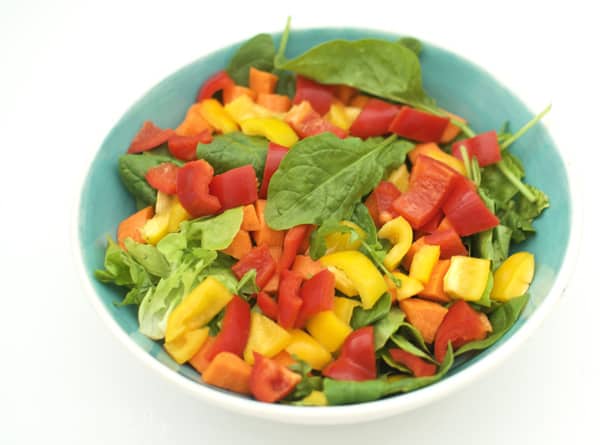
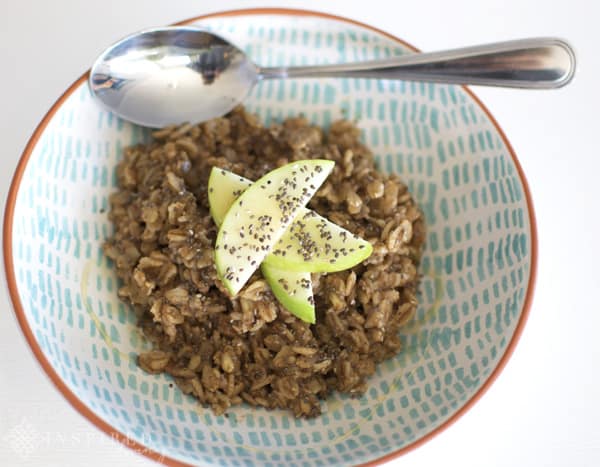
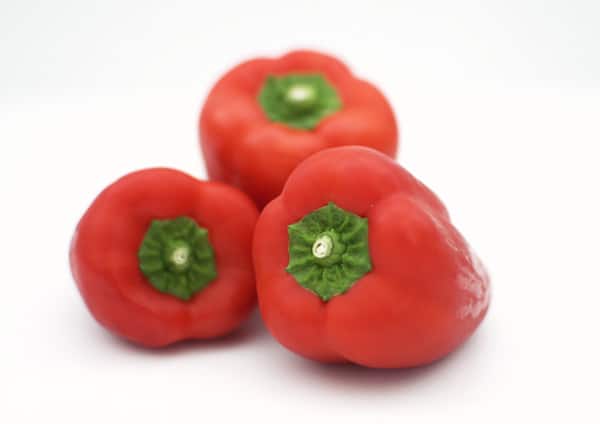
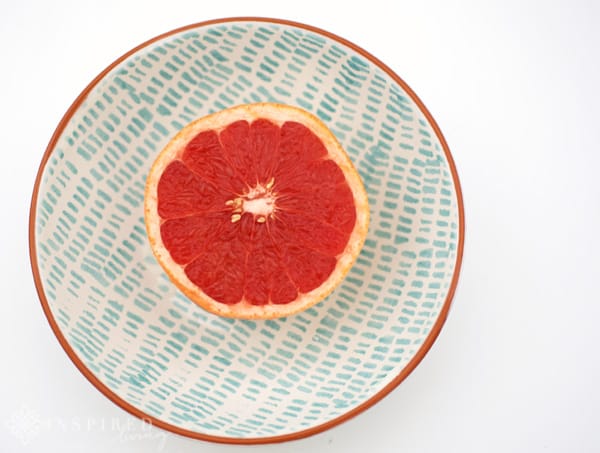
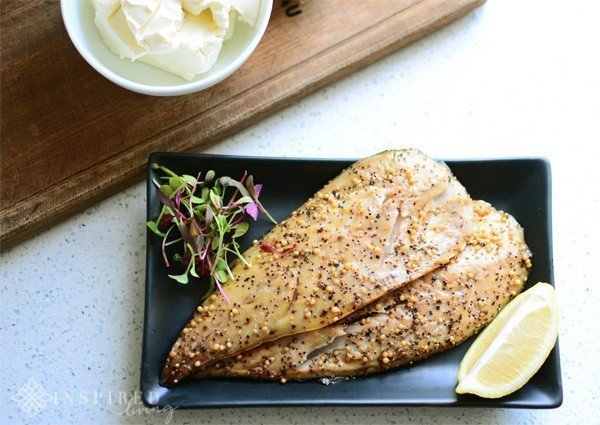
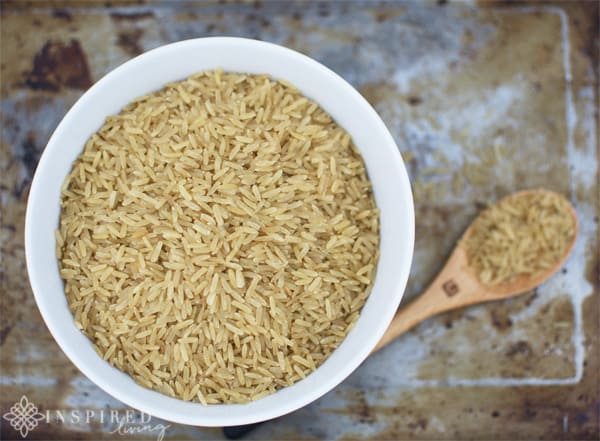
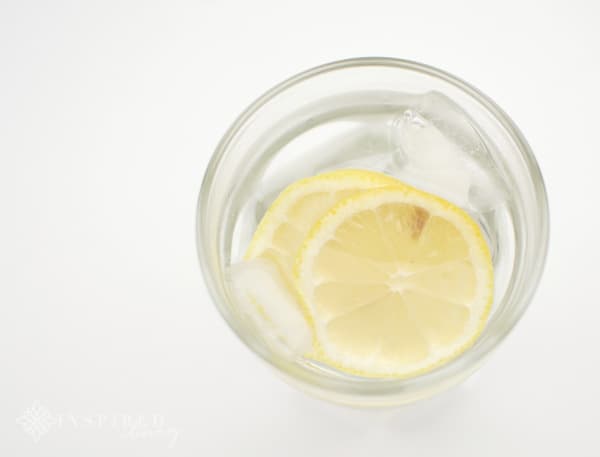
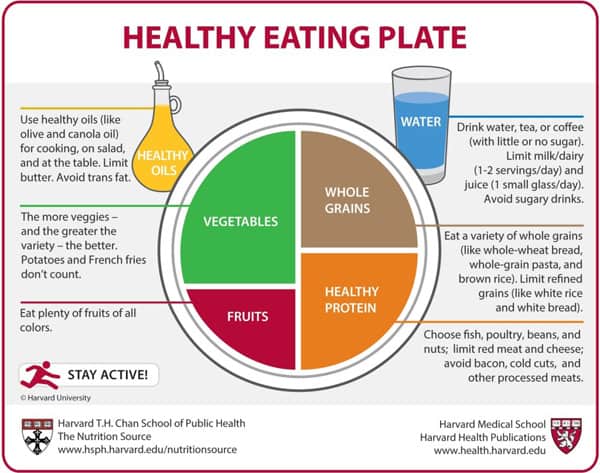

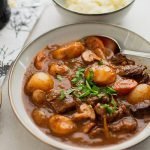

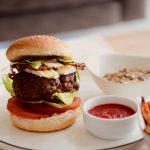

I couldn’t agree more with these top 5 healthy foods. And not only for weight loss. I think everyone should eat these things as part of their balanced diet.
Good nutrition isn’t really hard at all, and these 5 things are extremely common and inexpensive. Thanks for laying it out so simply.
Thanks for the helpful article. I learn a lot of things, I will come back to your website. I have a website get Visit Davskin